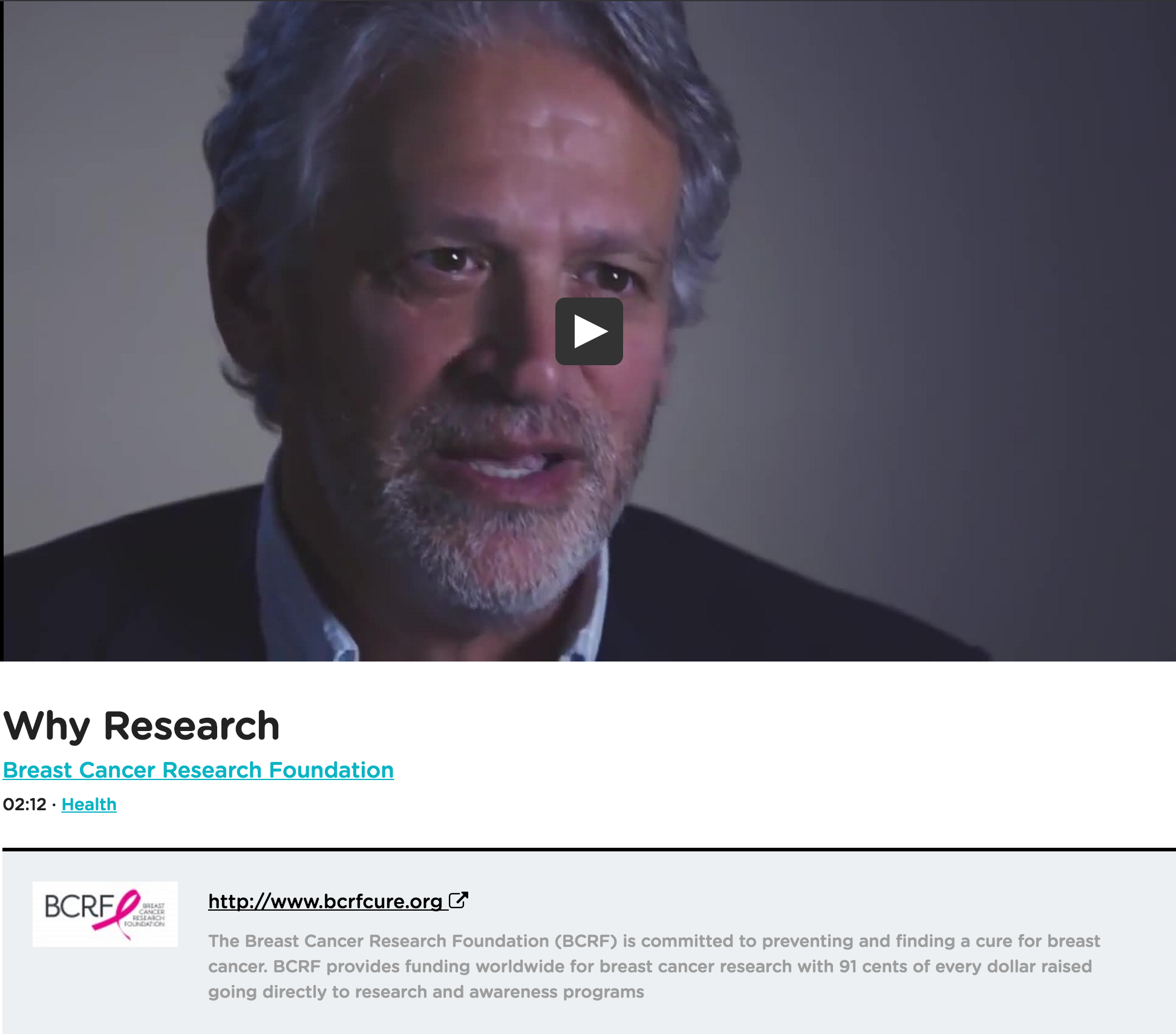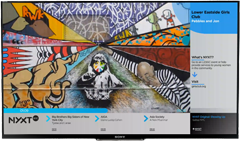Maybe you’ve already experienced a family member, friend or neighbor suffering from breast cancer. The disease does affect 250,000 American women each year and each year in the United States, more than 40,000 women die from the disease. That’s why each October we see the outbreak of breast cancer walks, mammography awareness and more.
National Mammography Day falls on the third Friday each year as an annual reminder to visit your doctor.
This one painless and simple, if not terribly fun, test can make a difference. According to the CDC, “regular mammograms are the best tests doctors have to find breast cancer early, sometimes up to three years before it can be felt.”
"Most breast cancers are found in women who are 50 years old or older, but about 10% of all new cases are found in women younger than 45 years of age."
Mammograms — What to Expect
A mammogram is an X-ray picture of the breast. A regular mammogram screenings takes no more than 20 minutes. Here’s what women between the ages of 40 and 70, or those with family history of breast cancer, can expect:
•You will need to undress from your waist up.
•Breasts will be compressed between two plates briefly – only for a few seconds — which can cause some discomfort, but should not be painful.
•The X-ray machine will take pictures of your breast tissue using low doses of radiation. This process will be repeated four times.
•The technician will not be able to read the X-rays for you immediately. A radiologist will read the mammogram and you will usually get results within a few weeks.
Early detection via mammography is credited with saving lives. Find a location for a free mammogram sponsored by the American-Italian Cancer Foundation this month around New York City.

Breast Cancer Awareness Importance
There’s little doubt that breast cancer awareness and research remain important in the fight against this disease.
There is also some sense that science is getting closer to a cure. “We’re in an era when many of us can realistically imagine the end of cancer,” says Dr. Mary Lin, a grantee of the Breast Cancer Research Foundation (BCRF).
The BCRF’s researchers believe physicians and scientists can find the pathway to quickly and safely reach a world without breast cancer. With increased research funding doctors will no longer have to guess at the best treatments, prevention options, or the way to eradicate the disease.

"91 cents of every dollar raised by the BCRF goes to research and awareness programming."
Sources:
CDC. (n.d.). Breast Cancer Awareness. https://www.cdc.gov/cancer/dcpc/resources/features/breastcancerawareness/
Subscribe to the NYXT newsletter
Learn about upcoming events, volunteer opportunities, and new organizations looking for your help.


